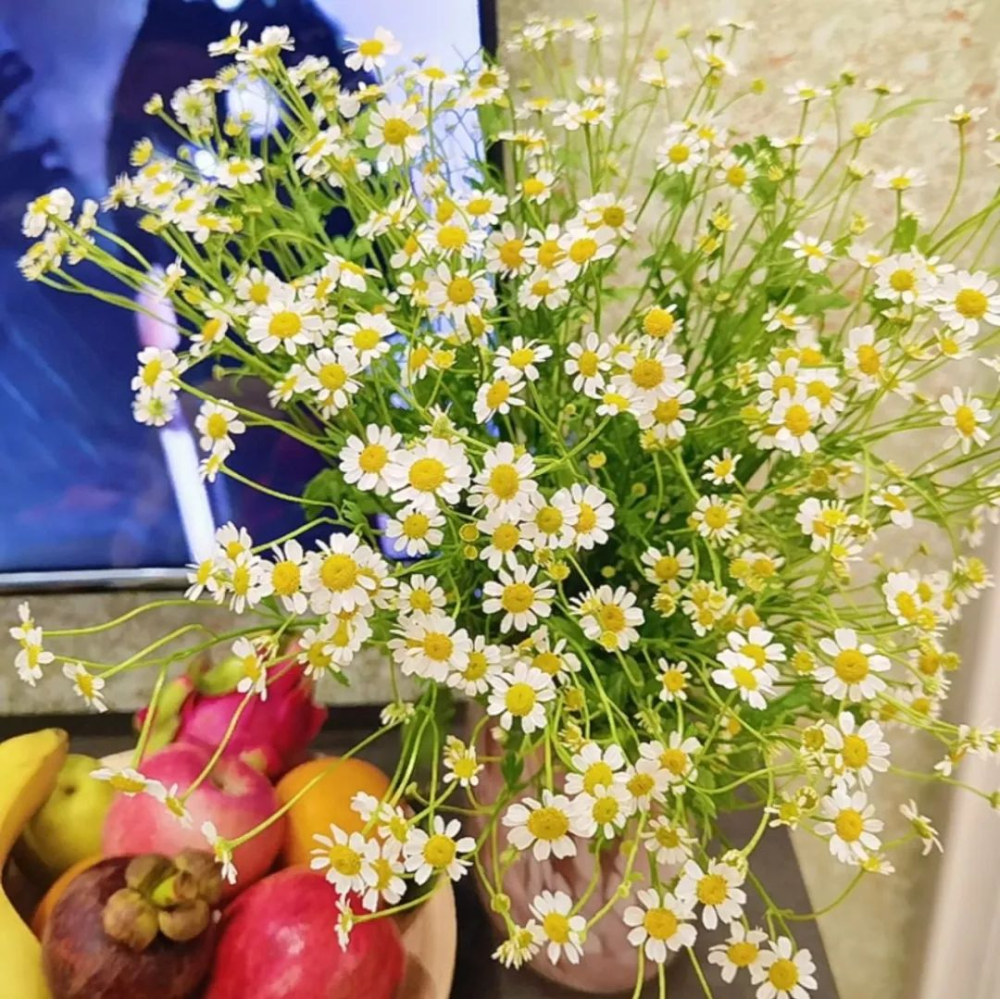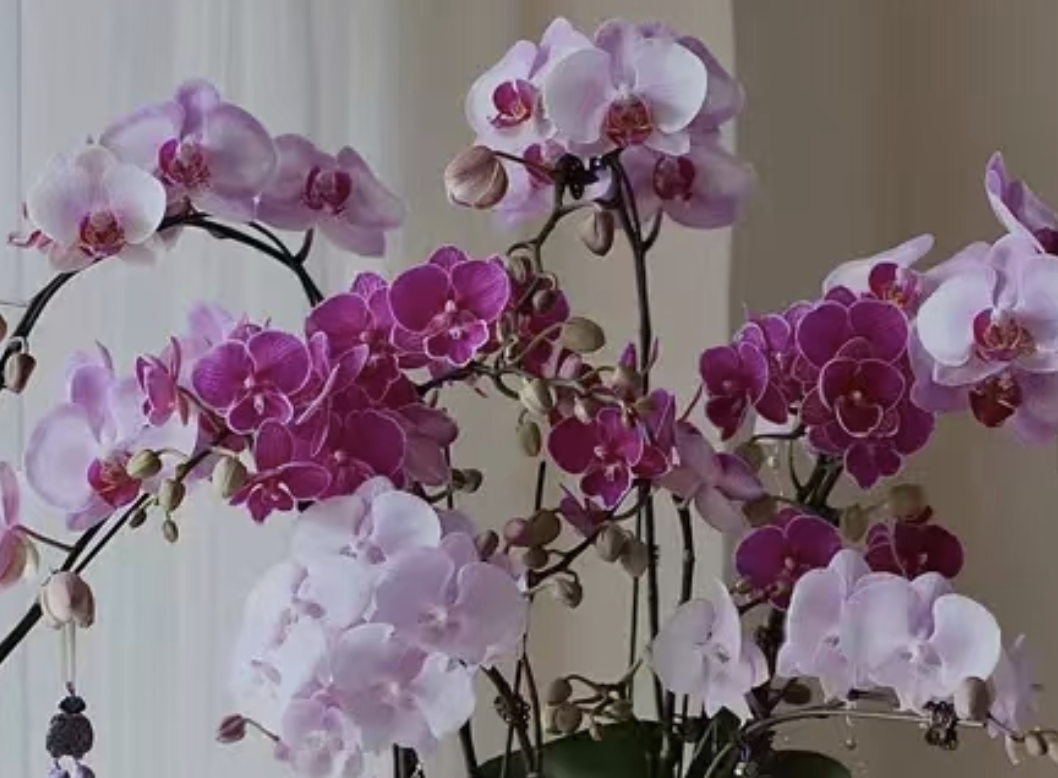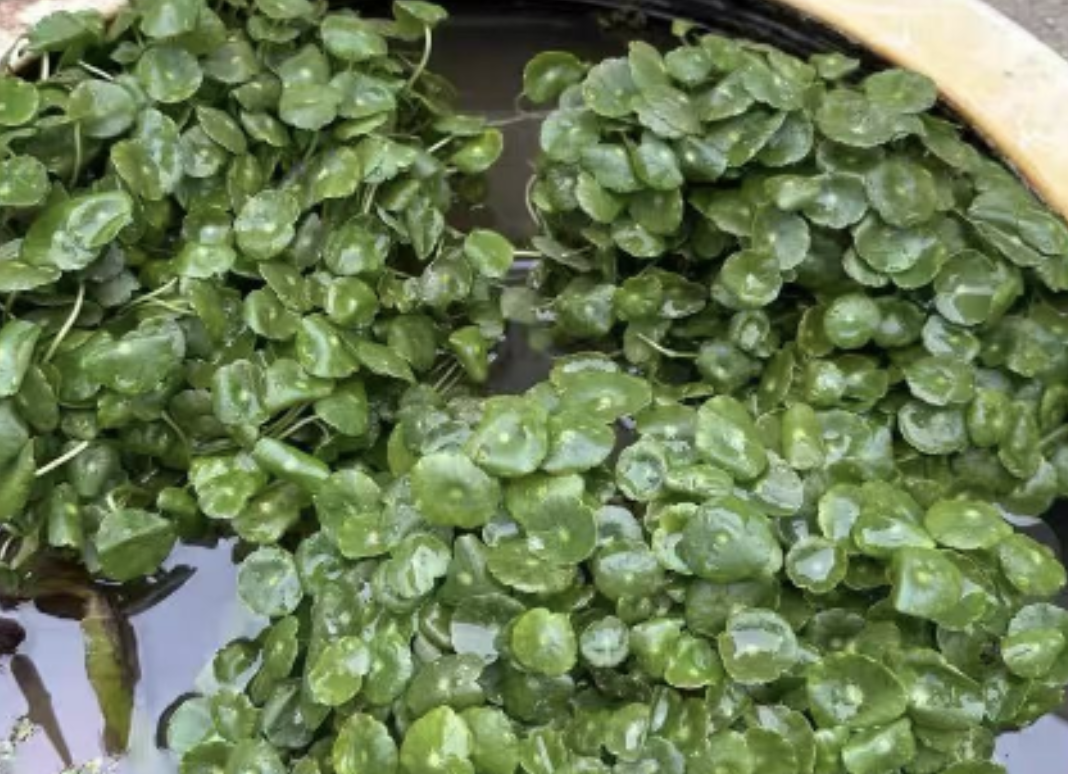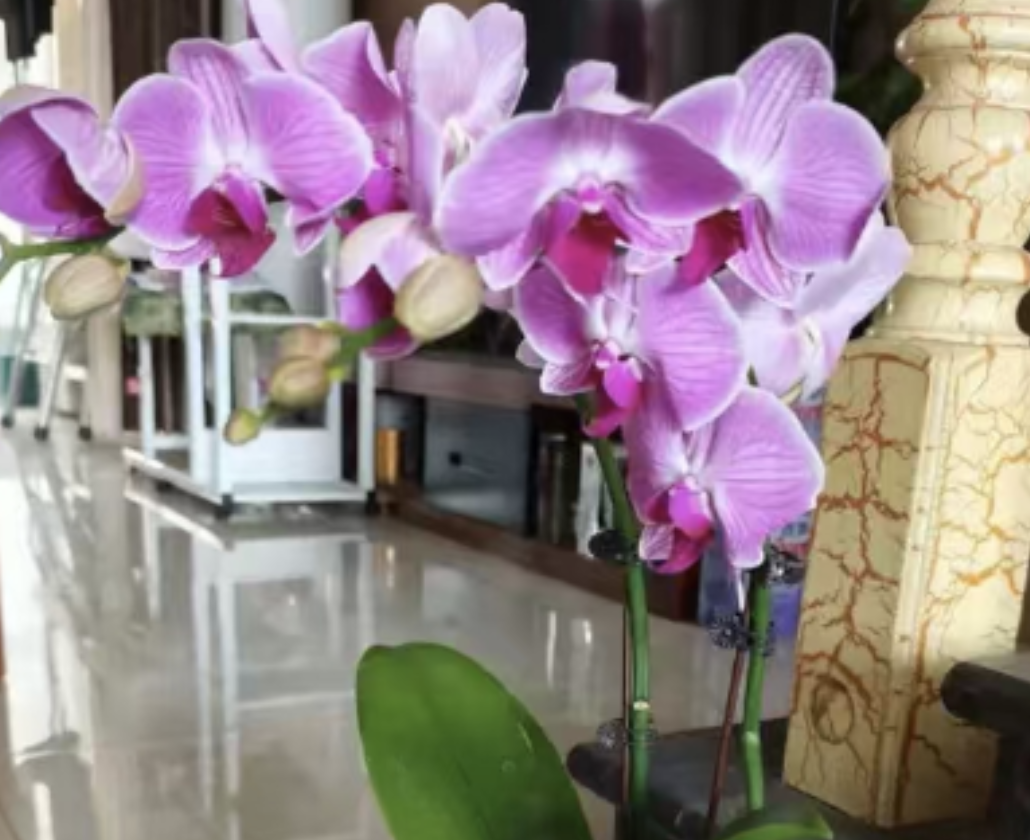Both small daisies and chamomile are beloved flowers in the Compositae family. However, although they have some similarities in appearance, a careful observation will reveal many differences between the two.
From the perspective of botanical classification, small daisies belong to the Bellis genus of the Compositae family, while chamomile belongs to the Matricaria genus of the Compositae family. This difference in classification leads to significant differences in their morphological characteristics, growth habits, and practical uses.
In terms of appearance, the plants of small daisies are relatively short, usually about 10 centimeters in height. Its leaves are spoon-shaped with wavy teeth on the edges. The flowers of daisies are colorful, commonly in white, pink, red, etc. The flower shape is round and cute, with petals overlapping and closely arranged, like a exquisite little pom-pom. The stamen is bright golden, just like a dazzling pearl embedded in the core of the flower.
The plants of chamomile are relatively tall, usually able to grow to 30 to 50 centimeters. Its leaves are pinnatifid, slender and soft. The flowers of chamomile are petite and exquisite, usually white or pale yellow. The petals are slender and sparse, spreading radially, giving a feeling of lightness, agility, and elegance. The stamen of chamomile is also yellow, but compared to daisies, it appears even more delicate and refined.
In terms of growth habits, small daisies prefer a cool climate and have a strong cold tolerance. They are suitable to take root and sprout in soil with abundant sunlight and good drainage. They often can't wait to bloom in early spring, becoming a bright scenery in the spring garden. Chamomile, on the other hand, is more adapted to warm and humid climate conditions. The requirements for soil are relatively less strict, but it also needs to have good drainage performance. The flowering period of chamomile is relatively long, lasting from the return of spring to the coolness of autumn.
In terms of uses, with their beautiful flowers and fresh and pleasant fragrance, small daisies are often used for the elaborate arrangement of flower beds and flower borders, and also often appear as fresh-cut flowers in people's daily lives, adding a romantic atmosphere to the warm home. In addition, small daisies also have a place in the field of traditional medicine and are believed to have wonderful effects such as clearing heat, detoxifying, reducing swelling, and relieving pain.
Chamomile is not only outstanding among ornamental flowers but also shines in the fields of aromatherapy and skin care products because of its unique functions of soothing the nerves and calming and soothing the mind. Chamomile essential oil is known as the "doctor of plants" and can effectively relieve adverse symptoms such as anxiety and insomnia. At the same time, it also has certain improvement and repair effects on skin inflammation, allergies and other problems. In the world of skin care products, chamomile extracts are often used to make various products such as creams, lotions, and toners, taking good care of people's skin with its gentle and skin-friendly characteristics.
In conclusion, although both small daisies and chamomile belong to the Compositae family, they have obvious differences in appearance, growth environment, and uses.
What are the differences between small daisies and chamomile?

Share with
Tagged in :




Leave a Reply